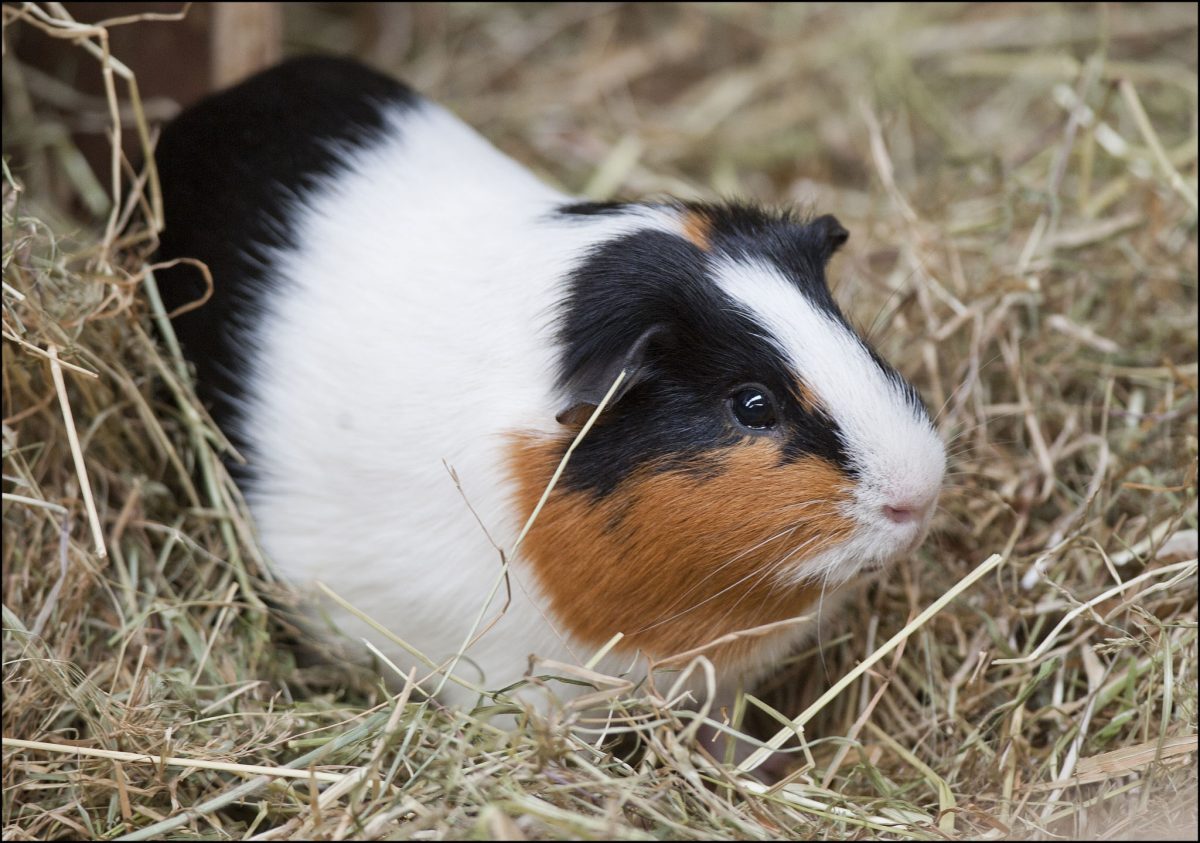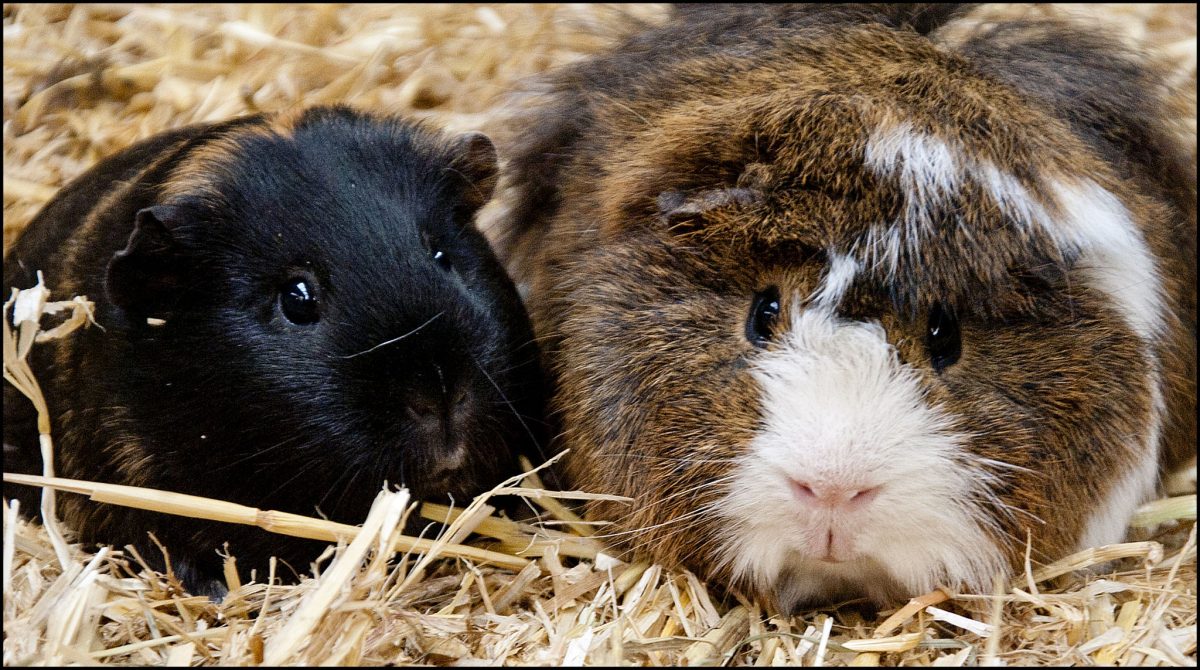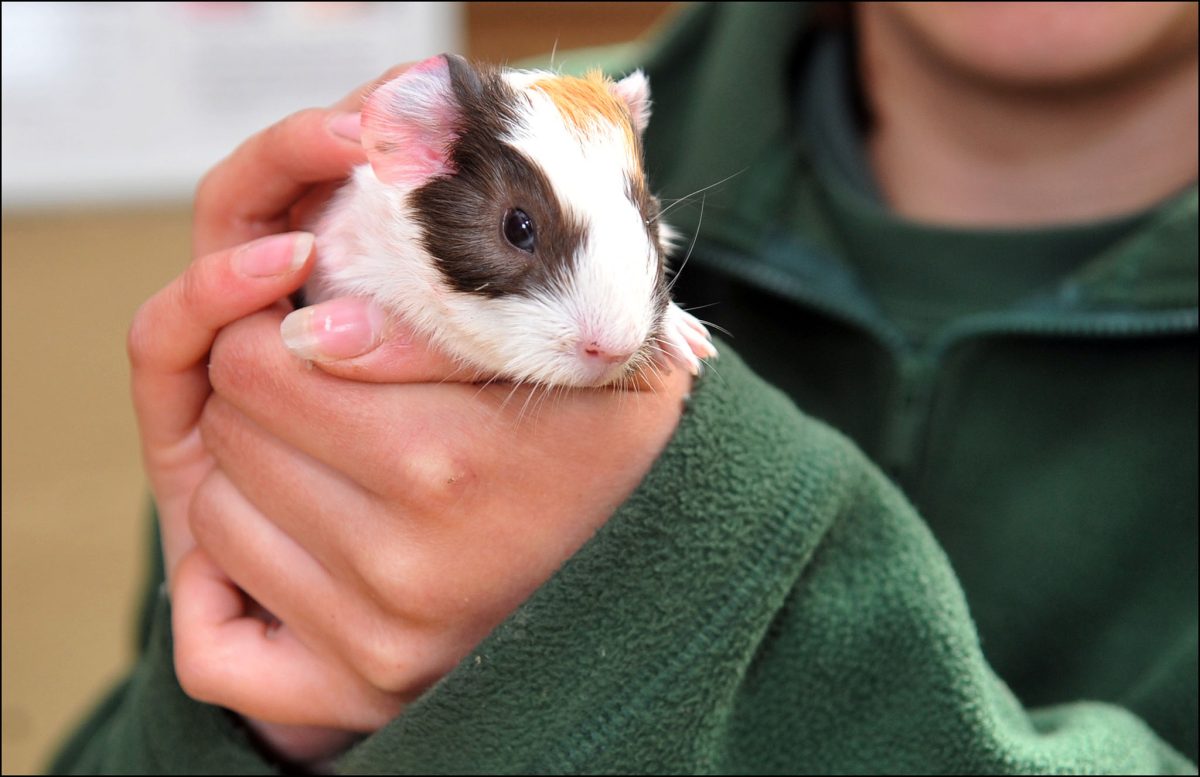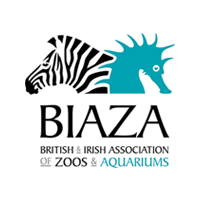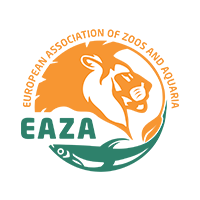Factfile
Where they live
originated in the Andes
Habitat
mountain grassland
Size
20-25cm in length
Weight
between 700-1200 gm
Lifespan
Threats
no threats and no specific conservation measures in place for the guinea pig
Did you know...
- A male guinea pig is known as a boar, while the female is a sow
- Guinea pigs have many calls they use to communicate
- A baby guinea pig is called a pug or piglet
More about Guinea pigs...
Guinea pigs are a domesticated species of rodent from the cavy family. Despite their name they are not pigs, nor do they come from Guinea. The species actually originated in the Andes where they were first domesticated as early 5000 BC.
How the animals came to be called pigs is not clear. They are built somewhat like pigs, with large heads relative to their bodies, stout necks, and rounded rumps and with no tail of any consequence. They also emit sounds which are very similar to those made by pigs, and they also spend a large amount of time eating. The guinea may arise from the fact that in the 16th Century these animals were brought to Europe via Guinea. This may have led to the misconception that this is where they were from.
They were brought to Europe as pets and are still a popular choice today due to their docile nature, responsiveness to being handled and fed, all of which makes them relatively easy to care for.
Guinea pigs are herbivores and their primary diet is grasses. Their teeth are particularly suited for grinding plant matter, and grow continuously throughout their lives. Because the teeth grow constantly, they routinely gnaw so that teeth do not become too large for their mouths; a common problem in rodents.
A Guinea pig’s sight is not as good as hat of a a human, but they have a wider range of vision (about 340°) and see in partial colour. They have well-developed senses of hearing, smell, and touch. Vocalisation is the major form of communication.

